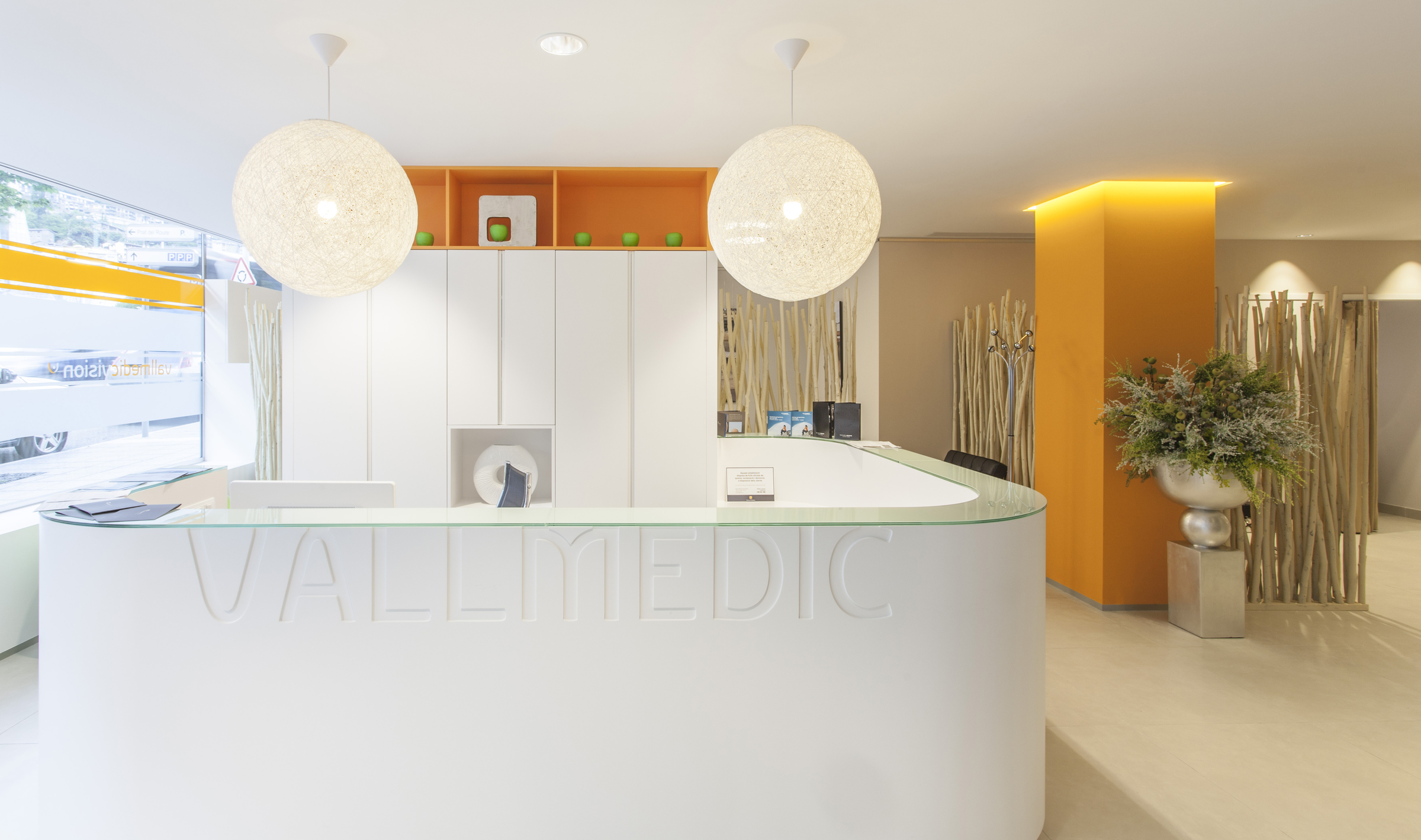Dr. Ludger Hanneken knows the AMARIS 1050RS from both a user and patient perspective. The ophthalmic surgeon recently had his own visual deficiency (right eye: -3.25/ -1.5 @ 20, left eye: -4.0/-1.5 @ 169) corrected with the flagship of the AMARIS product family. “I found wearing glasses every day extremely inconvenient, and they were a nuisance when operating and playing sports especially. Contact lenses proved a good alternative for a long time, but the really dry air in Andorra reduced the wearing comfort significantly,” said Dr. Hanneken. In addition, although he was spared presbyopia for a long time, he had been noticing for a while that without his glasses he had to sit too close to the screen, and even with his glasses he could no longer read small print very well. The resulting head posture was increasingly causing him neck issues. Taking all of this into consideration, the decision to have laser surgery proved a simple one to take. His eyes tolerated a monovision test without any problem at all. “The excellent AMARIS outcomes achieved in my patients convinced me so comprehensively that I was sure I wanted to utilise the same technology for my own treatment”, said Dr. Hanneken. Finally, he decided on aberration-free TransPRK treatment because, with a central corneal thickness of 510 micrometers, he wanted to rule out all possible risk. Compared with LASIK, this procedure is associated with a somewhat longer recovery period, but he was happy to accept this in the interest of maximum safety.
“Immediately post-op, any complaints were easily overcome by wearing contact lenses; the epithelium healed quickly and without any problems. I was able to perform intraocular cataract operations again just a week after my treatment. Three months after the surgery, my dominant eye attained an uncorrected visual acuity of 1.5. The goal for the non-dominant eye was -1.5 D. I can also read even the smallest print with no difficulty at all.”

